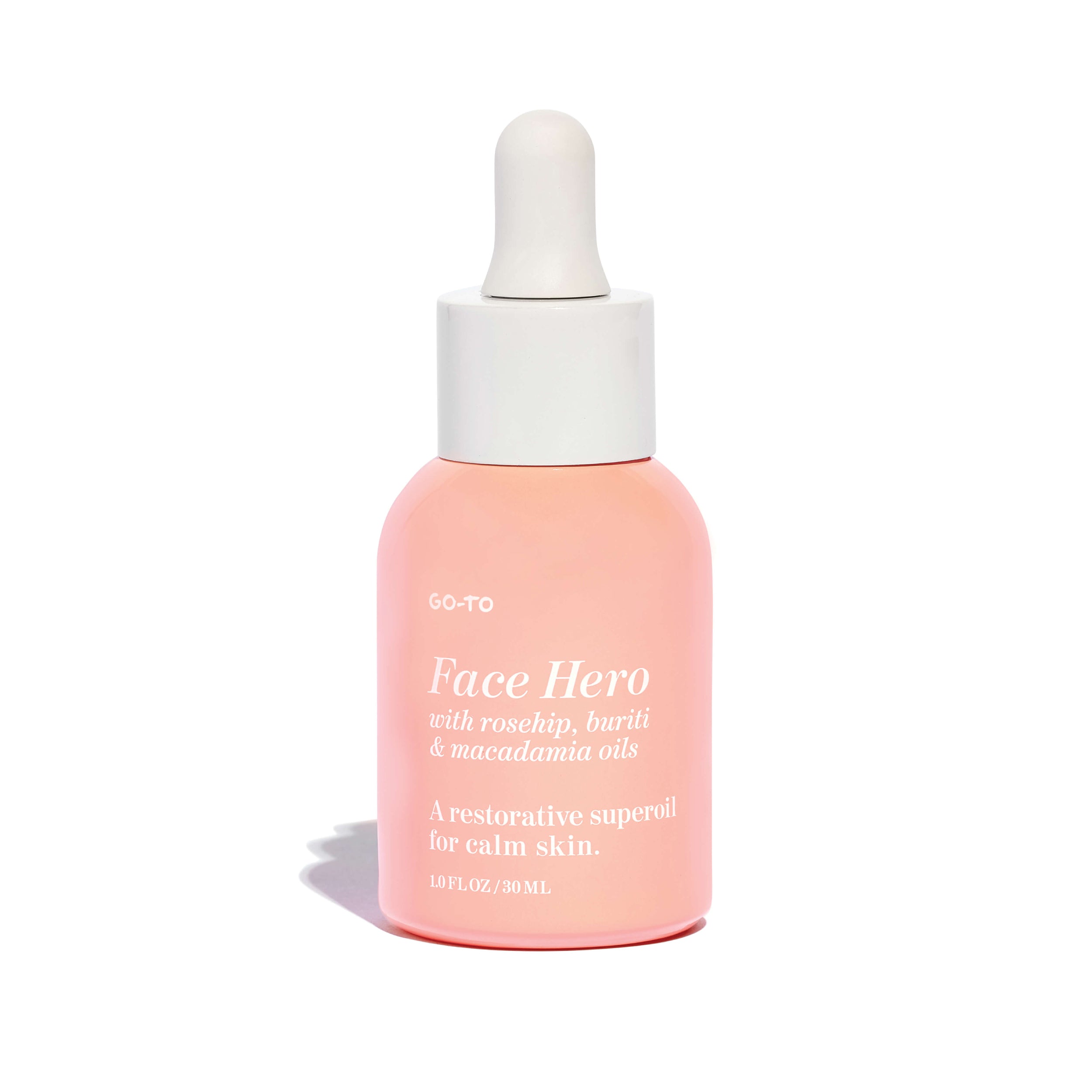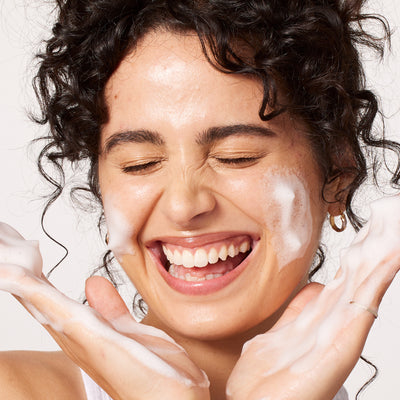Cleansing is my favourite skin care step by far. Nothing feels better than taking all of my makeup and SPF off at the end of a day and having fresh, soft, clean skin. Which is what made me so interested in cleansing tools, which promise to leave skin fresh and incredibly soft. Should you also be interested, here is everything you need to know.
First up, what are cleansing tools?
Cleansing tools are clever gadgets designed to give your skin a real good cleanse. They’re each designed with varying features, of course, but generally speaking they utilise fast vibrations that work your cleanser (yep, you’ll still need a cleanser with your brush) deep into your skin to leave skin soft, smooth, and most crucially, clean.
What types of cleansers work best with a cleansing brush?
Cleansing brushes are made to use alongside a face cleanser. The formulas that typically work best with them are cleansing gels, creams, or milks. If, on the other hand, you’re a fan of cleansing balms, oils, or mousses, it’s best to avoid cleansing brushes (or save them as the second step in a double cleanse routine with a gel or cream cleanser). This is because cleansing oils and balms are best worked by hand to allow the product to emulsify correctly.
Who are cleansing brushes best for?
Cleansing brushes are especially great for those with oilier skin types which tend to need a deeper cleanse due to all of that excess oil production. And since they’re so great for giving skin a very thorough cleanse, cleansing brushes are an excellent option for anyone who regularly wears a lot of makeup or sunscreen and would benefit from a regular deep cleansing routine. They’re also phenomenal for skin softening, so if that’s one of your skin goals, they are absolutely worth looking into.
What skin types need to be careful with cleansing brushes?
Those with active breakouts should steer clear, as a cleansing brush could potentially aggravate spots. Sensitive skin types should go slow introducing cleansing brushes into their cleansing routine and be sure to not apply too much pressure on their face to avoid irritation. There are specific cleansing tools designed for sensitive skin types which are made with smaller bristles to often a more gentle cleanse (like this one from Foreo) which are a brilliant option for the easily-irritated.
So! Do you need a cleansing tool?
Whether or not you need one will come down to your skin type, skin goals, and personal preferences. Cleansing tools are by no means essential, but they are very effective in leaving skin soft and smooth, so if that’s something you’re into, go for it.
Some of the best cleansing tools to try:
Foreo Luna
Foreo Luna 3 Sensitive
PMD Clean Pro
















Comments